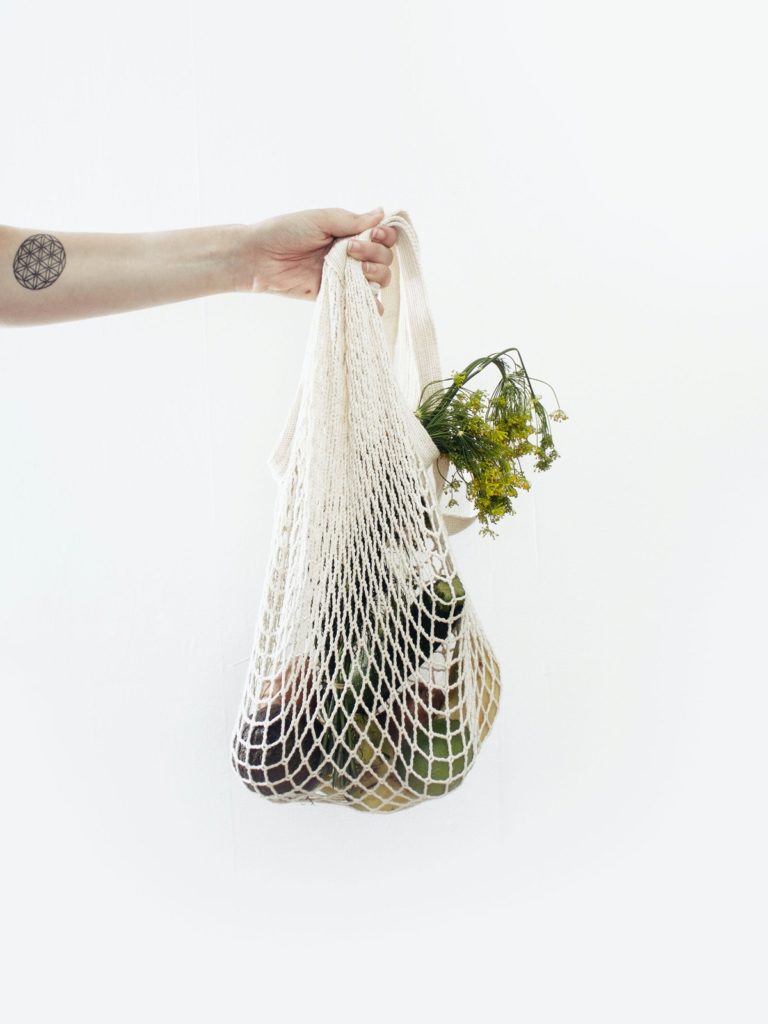Sustainable living isn’t just a trend; it’s a modern way of life that makes sense, especially at a time when a global pandemic is raging across the world. Everyone is looking for ways to reduce their time outside, reduce their spending, and increase their DIY projects at home.
At the cornerstone of the sustainable living movement are the three R’s: reduce, reuse, recycle. It’s been drilled into us since our grade school days, and while it all seems simplistic, it’s actually a very easy mantra to follow that, when done correctly, minimizes your impact on the world, and maximizes your quality of living.
Reduce
When it comes to sustainability, the first, and often overlooked, step is reducing waste. The goal of sustainability is to become Zero Waste, a practice wherein households try to minimize wastage as much as possible. This can be achieved by taking products and reusing and recycling them directly. For example, jars and bottles, once their contents have been consumed, can be reused and recycled for a variety of purposes, from storage to decoration.
But even with this system, many households still buy products that have their original packaging, which in turn create waste. One of the best ways to prevent this is to reduce your purchases and rely on mostly home-made, low-carbon-footprint products. As much as possible, try to DIY certain products like soap, shampoo, and if you have the time, even paper.
In essence, reducing waste is all about simplifying and minimizing your life. Do you really need 8 different kinds of soaps? Do you really need to buy more food than your family can consume? Cut back on junk food items not only is minimizing your purchases good for the environment, it might even be good for your health.
Speaking of reducing food, it doesn’t mean you reduce your food intake; rather, it’s about reducing the commercial products you buy from the supermarket. Why buy a box of cookies when you can make your own?
 Reuse
Reuse
However, if you do need to buy items, try to buy used products from thrift stores and consignment shops. Often, products in these places have already been repurposed, thereby reducing their overall carbon footprint and reducing overall wastage.
As much as possible, try to buy products that are reusable: instead of buying disposable razors, buy safety razors so that it’s reusable, not to mention reduces waste (disposable blades, after all, have a huge impact on the environment).
Reusing everything that you can goes a very long way to improving your waste reduction and recycling capabilities. Reusable products are also almost-always produced with less of a carbon footprint, which is good for the environment. At the end of the day, the more you reuse items, the less waste you produce, and the more money you save in the long run.
Sustainable living is all about repurposing and reusing any and all products that might have more than one way to be used. And this goes both ways: other people can reuse your products also. If you have products and items that you find no more purposes for, donate them to thrift stores or have a garage sale. After all, one man’s trash might just be another man’s treasure.
Recycle
The final cornerstone of sustainable living, there are so many ways for a person to practice recycling that it would take a whole other article to discuss it. However, let’s go through the basics.
Recycling simply means taking a product, breaking it into raw materials, and creating a new product from what’s left. It’s slightly different from reusing, wherein you take a product or item and use it in its current form either for the items original use or for something else.
Pretty much anything can be recycled, and it goes a long way to both reducing your waste and allowing you to reuse certain products. Applying the three together helps you create a more sustainable lifestyle that is good for you and good for the environment.

For example: let’s say a household decides to be more sustainable by practicing the Three R’s. They decide to bake cookies instead of buying a pack. Already, that’s a huge step to reducing waste –store-bought cookies have different layers of packaging, each of which have its own carbon footprint.
By deciding to bake their own, the household is able to reduce their wastage exponentially, especially if they practice reuse and recycling: the paper bags that the flour was kept in can be mixed with the eggshells to create fertilizer for a small herb or vegetable farm, from which the household can get more ingredients for food.
There’s literally very little downside to living sustainably, whether personally or financially and anything else in between. In a time when a global pandemic is sweeping the world, living minimally is the only responsible way to live.

